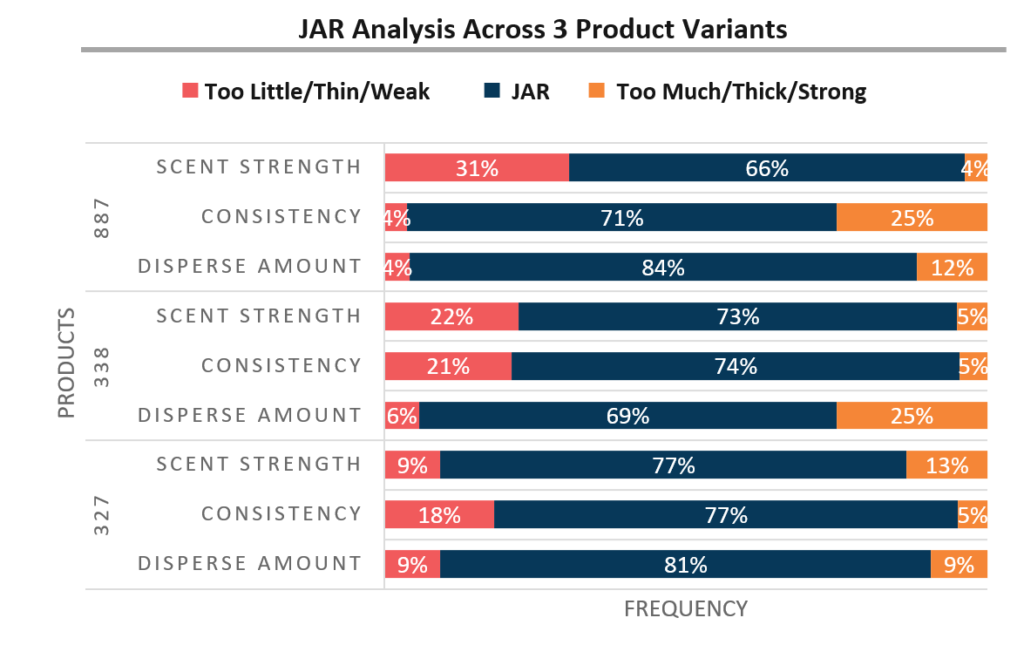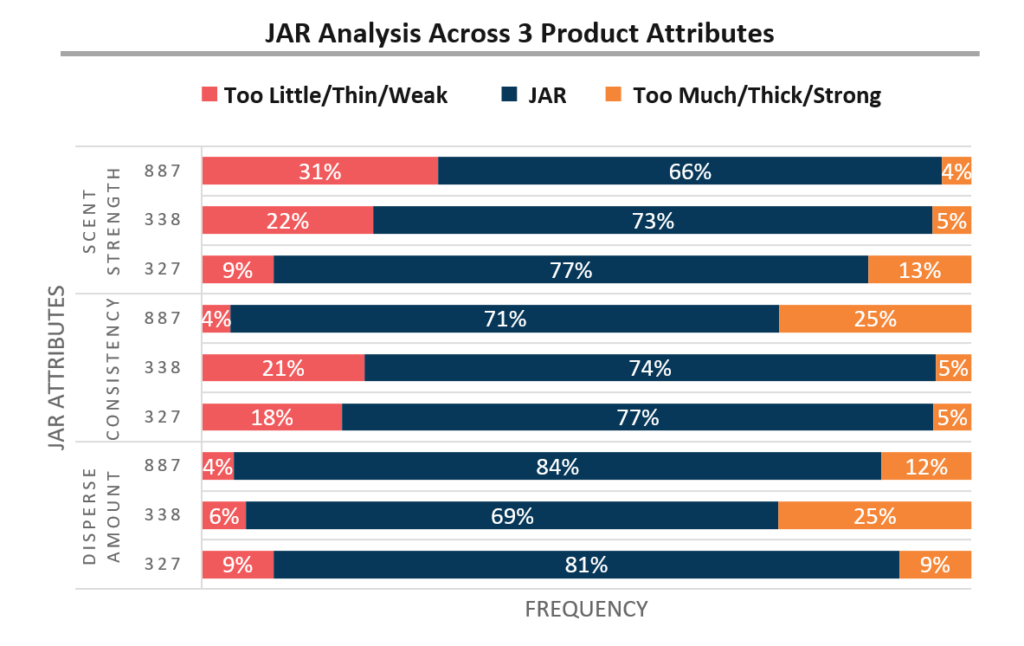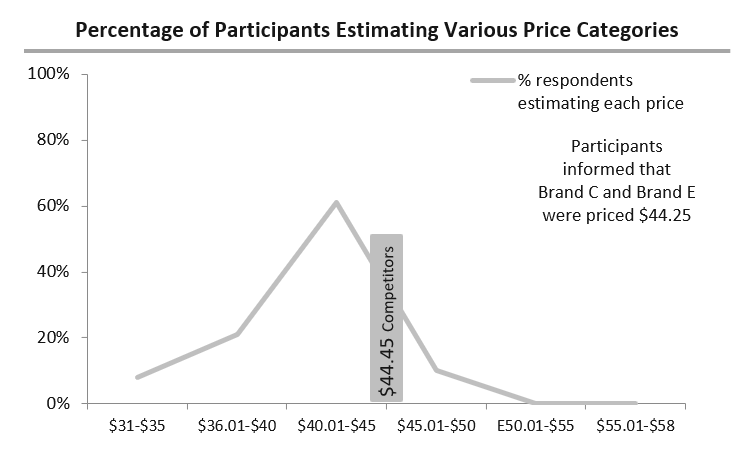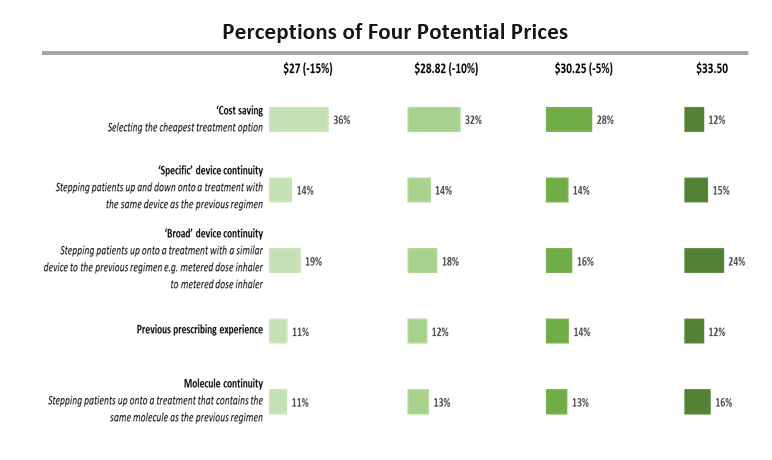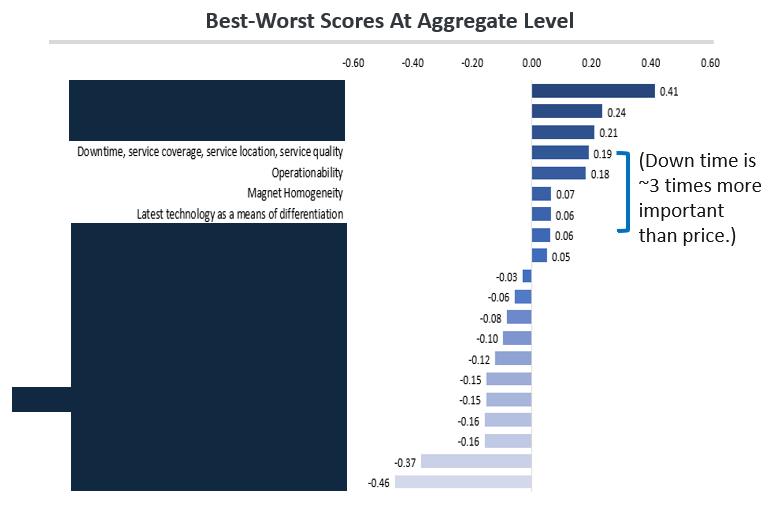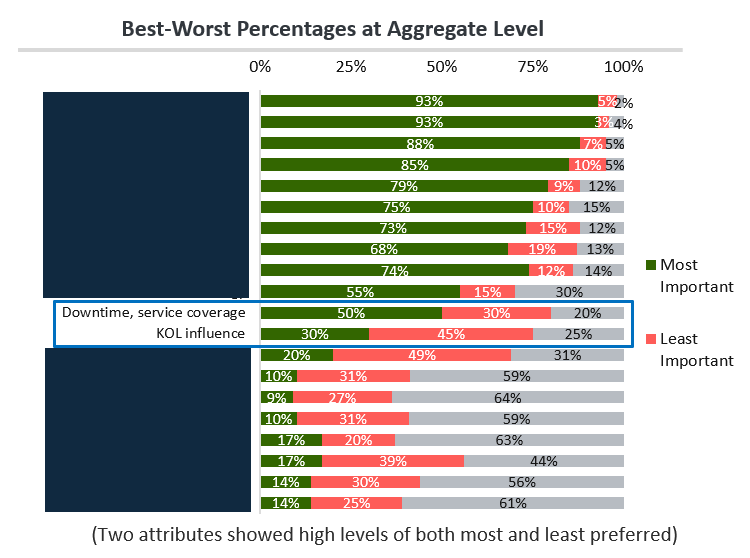
What is an insight community?
In the market and consumer research industry, online communities are often called Bulletin Boards, Insight Communities, Market Research Online Communities, or MROCs. Though they can incorporate quantitative activities like questionnaires, insight communities are mainly considered a qualitative research technique.
Whether it’s a group of 5 people who chat with each other over several days or thousands of people grouped into segments engaging with each other over several months, insight communities exist within a dedicated digital space to allow people to share their thoughts, feelings, and behaviors about a common topic or goal. These digital spaces normally support the community with features like polls, surveys, image mark-ups, chat rooms, bulletin boards, video/image sharing, and more.

Insight communities aren’t just really large or long focus groups. Unlike focus groups that are often conducted in-person over a couple of hours with 4 to 10 people, communities are nearly always conducted asynchronously and virtually over several days, and with far more participants. (In the research world, asynchronous means that the researcher and the participants aren’t necessarily using the tools at the same time. A participant might share their comments in the middle of the night, and the researcher might respond to them the next day.)
Insight communities are generally NOT open to anyone with a pulse and an email address. While E2E Research has a Facebook page and a community that likes to read our posts, that’s not the kind of community we’re talking about. Using Facebook, Instagram, and TikTok to listen to consumer and customer needs and opinions, and elicit feedback from groups or individuals doesn’t make a social media network an insight community.
There are no written in stone rules about how communities must be run. However, here are answers to some common questions that will help you think through the process more completely and figure out whether a community could be a wise choice to meet your specific research needs.
What is the purpose of research communities?
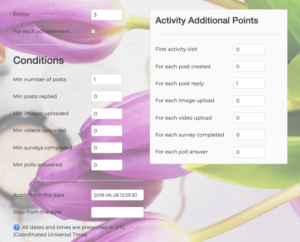 Like any market or consumer research project that intends to generalize valid and reliable findings to a broader population, every insight community needs clear planning, goals, and research objectives that lead to specific outcomes. “Signing up” or “finding lots of members” are not acceptable goals, nor is “getting lots of comments every day.”
Like any market or consumer research project that intends to generalize valid and reliable findings to a broader population, every insight community needs clear planning, goals, and research objectives that lead to specific outcomes. “Signing up” or “finding lots of members” are not acceptable goals, nor is “getting lots of comments every day.”
For insight communities, clear goals could include working to:
- Understand how the psychological value people place in your brand changes over time
- Learn why some brands become stagnant over time
- Learn how people interpret and act on advertising campaigns and communications from specific brands or in specific categories
- Track detailed perceptions of brands’ marketing tactics over time
- See how the use of a new product evolves over time
- Gain insight into how world events or life-stages affect product usage throughout the year
- Understand how local retailers design their outlets throughout the year
- Gather ideas for new products and gain feedback on a variety of concepts and prototypes
Why are asynchronous communities valued over synchronous tools?
 From focus groups to questionnaires, researchers have many data collection tools to choose from, each with their own benefits. However, insight communities that allow people to log in and out at their own convenience have many benefits for participants. They:
From focus groups to questionnaires, researchers have many data collection tools to choose from, each with their own benefits. However, insight communities that allow people to log in and out at their own convenience have many benefits for participants. They:
- Give shy or anxious people an opportunity to become familiar and comfortable with the research process before having to share their opinions publicly
- Allow people to share opinions as they arise rather than feeling pressured to perform on-demand
- Give people a chance to rethink and change their opinions over time
- Allow people to remain anonymous to the group and share their truths while still remaining known to the researcher
- Are not disrupted when someone has to join late or stop participating early
- Allow people who work rotating, weekend, or night shifts to participate
- Are more accessible to marginalized people who may only have internet access intermittently or at third party locations
How are insight communities moderated?
 Communities aren’t a quick alternative to groups or interviews. Even if a community is planned to run over just a couple of days, it requires extensive pre-planning, moderation during those days, and lots of post-project analysis and identification of next steps. Without planning for this investment of time and resources, everyone’s efforts will be lost.
Communities aren’t a quick alternative to groups or interviews. Even if a community is planned to run over just a couple of days, it requires extensive pre-planning, moderation during those days, and lots of post-project analysis and identification of next steps. Without planning for this investment of time and resources, everyone’s efforts will be lost.
Once participants have been recruited and understand the guidelines they need to follow, moderators are still essential to:
- Engage with every participant daily so they know their contribution is desired and valuable
- Introduce daily and weekly tasks and assignments
- Ensure everyone participates in every task and meets all the task requirements
- Prompt and probe participants to share as much detail and insight as possible
- Identify and convert emerging issues into new goals, tasks, and outcomes
- Keep discussions focused on the important topics
- Ensure participants remain respectful to each other
Who participates in insight communities?
Most insight communities are private and more secure than public communities. A dedicated community recruiter carefully seeks out participants who have the ideal characteristics and offers them appropriate incentives to complete the agreed upon tasks.
This careful recruitment ensures that generalizations from participants are relevant to the issue, category, or brand, and will lead to valid and reliable insights and outcomes.
Here is one example of a local government body recruiting for an insight community to better understand the needs of their constituents.
In addition to having digital, internet, and email capabilities, participants may be required to:
- Have specific demographic details, e.g., a child under 2 years of age, live in a rural area
- Own, use, or buy a specific brand or product category, e.g., use body lotion, buy Froot Loops
- Demonstrate specific behaviors, e.g., run at least twice per week, attend a music festival in the last year
- Hold specific opinions, e.g., strong feelings about the environment, clear ideas about gender roles
- Have a minimum level of written skills in a specific language in order to accurately express their opinions
What are insight community members required to do?
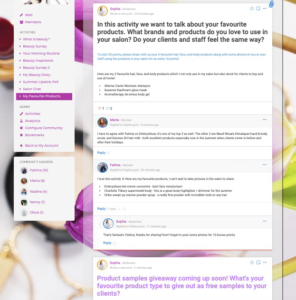 Insight communities also have clear rules for participants who wish to join and remain part of the community. They may include requirements to:
Insight communities also have clear rules for participants who wish to join and remain part of the community. They may include requirements to:
- Spend a minimum number of minutes in the community each day
- Answer at least one moderated question in detail every day
- Comment on other people’s posts at least once per day
- Participate in at least one poll or survey each week
- Share at least one image or video each week
- Be respectful of others’ opinions and refrain from using profanity
How do insight communities benefit participants?
Communities don’t just benefit brand managers, marketers, and researchers. There’s also a lot of good for the participants too. For instance, participants:
- Feel pride in knowing their contributions will help other people through the development of better products and services
- Feel a sense of accomplishment for their contributions
- Discover new products that might enhance their lives
- Discover unknown features of the products they already use
- Learn how to use their favorite products more effectively
- Learn innovative, alternative uses for their favorite products
- Learn how their peers have solved problems they might encounter in the future
How do communities speed up the path to insights?
 Insight communities can take many forms. Sometimes, they’re just a few days long and focus on one or two specific products. Other times, they can last several months and focus on broad categories.
Insight communities can take many forms. Sometimes, they’re just a few days long and focus on one or two specific products. Other times, they can last several months and focus on broad categories.
Longer-term communities offer researchers the capability to ask consumers questions about anything at any time. As such, when an urgent research question arises, there is no need to spend a week or two recruiting a selection of people – those people are always at the ready. Further, such communities run by companies with multiple brands may leverage those communities to learn about different brands and categories throughout the year.
In other cases, when unexpected issues arise, perhaps because of societal issues or emergencies, a great community moderator can have new questions and tasks lined up for their members in mere hours and have results flowing in by the end of the day. This speed can ensure that small issues are quickly resolved rather than letting them balloon into huge issues that destroy a brand.
How do insight communities reduce costs?
 Online communities help lower costs in different ways. First, longer-term communities can take the place of multiple ad-hoc projects. This eliminates the need to recruit participants multiple times. Further, participants are already ‘trained’ in how research works and need far less time and guidance to navigate the software and complete the tasks.
Online communities help lower costs in different ways. First, longer-term communities can take the place of multiple ad-hoc projects. This eliminates the need to recruit participants multiple times. Further, participants are already ‘trained’ in how research works and need far less time and guidance to navigate the software and complete the tasks.
Second, insight communities have a benefit of allowing marketers and brand managers to understand reoccurring issues customers are having. This early information gives them a chance to understand and fix small problems before they become large problems for their customers outside the community.
What’s Next?
As with any research technique, there are a lot of intricacies to learn and implement. Fortunately, a good partner will make the process easier for you. If you’re ready to leverage an insight community to discover top quality insights about your buyers, brands, and business, email your project specifications to our research experts using Projects at E2Eresearch dot com. We’d love to help you turn your enigmas into enlightenment!
.
Learn more from our case studies
- Communicating More Effectively with Insurance Customers | A Bulletin Board Case Study
- Sentiment and Content Analysis of Qualitative Hiring Data | A Qualitative Research Case Study
- Understanding Teenage Needs, Lifestyles, and Communication | An online community case study
.
Great Reads About Qualitative Research
Most research methodology books cover online communities as a chapter in more comprehensive books about qualitative research. Here are a few of our favorites.
- Qual-online the Essential Guide: The Essential Guide – What Every Researcher Needs to Know About Conducting and Moderating Interviews Via the Web, by Jennifer Dale and Susan Abbott
- Building Successful Online Communities: Evidence-Based Social Design, by Robert E. Kraut and Paul Resnick
- Building Brand Communities: How Organizations Succeed by Creating Belonging, by Carrie Melissa Jones and Charles Vogl
- Qualitative Research: A Guide to Design and Implementation, by Sharan B. Merriam and Elizabeth J. Tisdell
- Research Design: Qualitative, Quantitative, and Mixed Methods Approaches Paperback, by John Creswell
- The Handbook of Online and Social Media Research: Tools and Techniques for Market Researchers, by Ray Poynter
- The Indispensable Community: Why Some Brand Communities Thrive When Others Perish, by Richard Millington
Conferences focused on Qualitative Research
- Doing Autoethnography Conference: Virtual, January 3 to 5, 2022
- The Qualitative Report Conference: Florida – January 19 to 21 2022
- QRCA: Virtual – January 12 to 13, 2022; San Diego, January 19 to 22, 2022
- WCQR: Virtual – January 26 to 28, 2022
- Qual360: Washington – March 8 to 9, 2022
- International Congress of Qualitative Inquiry: Illinois – May 18 to 22, 2022
- Ethnographic & Qualitative Research Conference: Virtual – March 21 to 22, 2022
- Qualitative Analysis Conference & Couch-Stone Symposium: Newfoundland, June 22 to 24, 2022
- Thinking Qualitatively: July 5 to 9, 2021
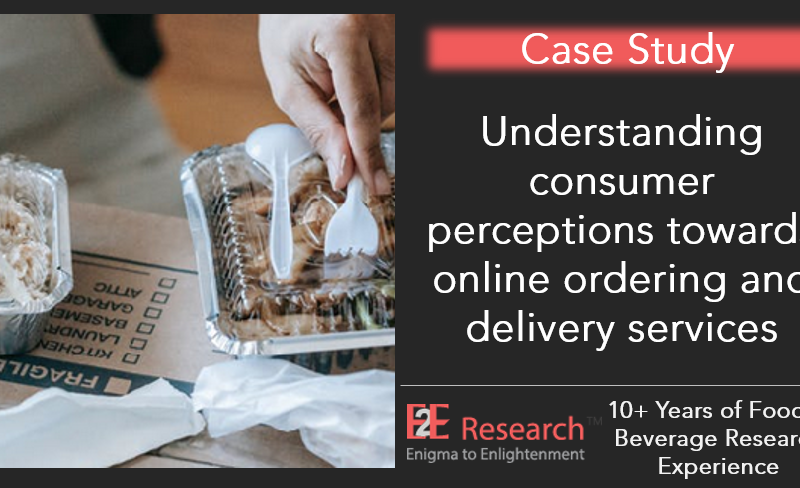
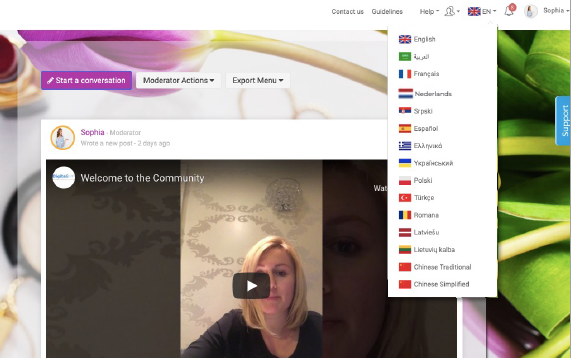
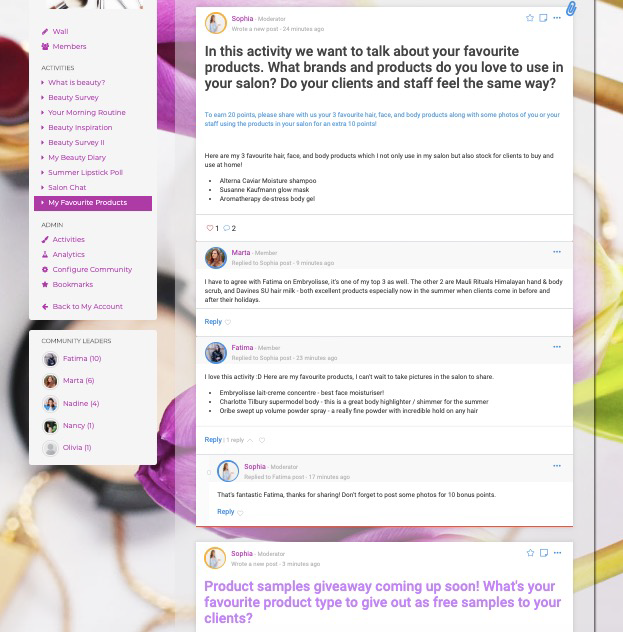


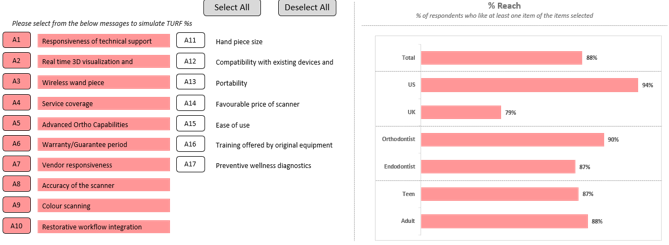
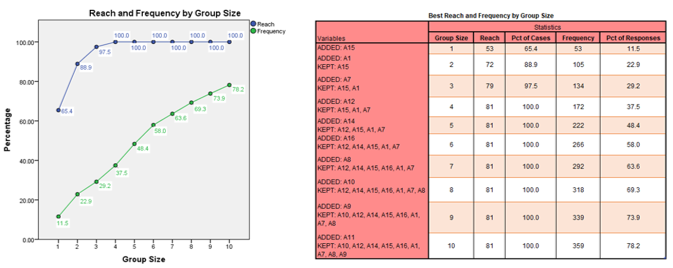

 A lot of market research starts by truly understanding a specific audience. Who are they – what are their hobbies, where do they live, where do they work, what does their family look like? It’s really easy to calculate a median age and the percentage of customers who are female but the last few years have taught us a lot about intersectionality – it’s not just “women,” it’s “disabled Black women.” In the research world, we understand this as customer segments or personas.
A lot of market research starts by truly understanding a specific audience. Who are they – what are their hobbies, where do they live, where do they work, what does their family look like? It’s really easy to calculate a median age and the percentage of customers who are female but the last few years have taught us a lot about intersectionality – it’s not just “women,” it’s “disabled Black women.” In the research world, we understand this as customer segments or personas. If you’ve written a questionnaire before, you know how important this tip is. Sure, you could write a questionnaire as if you were Charles Dickens showing off his stunning, grammatically correct 200-word sentences with multiple, embedded clauses.
If you’ve written a questionnaire before, you know how important this tip is. Sure, you could write a questionnaire as if you were Charles Dickens showing off his stunning, grammatically correct 200-word sentences with multiple, embedded clauses. How do you get colleagues to share your research? Easy! Well, it’s not that easy. Storytelling is a necessary skill that will carry your research results throughout the company. Let people know what is exciting about the insights, how they could be used to reach consumers in unexpected ways, how they could personally benefit from understanding the results.
How do you get colleagues to share your research? Easy! Well, it’s not that easy. Storytelling is a necessary skill that will carry your research results throughout the company. Let people know what is exciting about the insights, how they could be used to reach consumers in unexpected ways, how they could personally benefit from understanding the results. You could build and execute a 5-year research plan.
You could build and execute a 5-year research plan.
 Now that we’re in the business world, secondary research includes finding and analyzing:
Now that we’re in the business world, secondary research includes finding and analyzing: On the other hand, complex desk research might take weeks or months depending on how difficult it is find and analyze the information. For instance, developing a new product and introducing it to a new country with existing competitors would benefit from secondary research to address business problems such as:
On the other hand, complex desk research might take weeks or months depending on how difficult it is find and analyze the information. For instance, developing a new product and introducing it to a new country with existing competitors would benefit from secondary research to address business problems such as: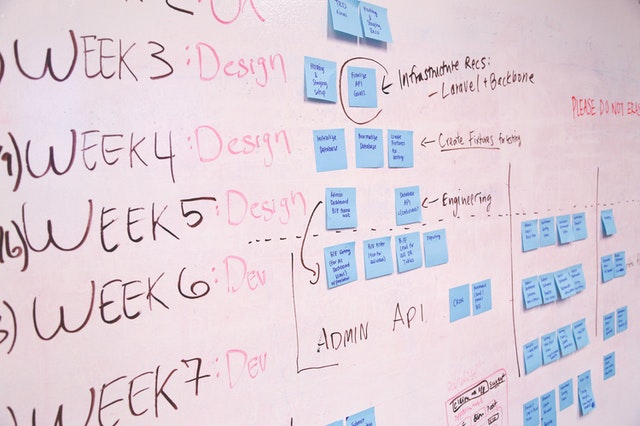 Just because you aren’t designing a questionnaire or interview doesn’t mean you can get away without well defined research objectives. Build a clear plan with specific research questions. Identify the types of data that could answer those questions – census data? Interview data? Sales data? It’s okay to start the research process with random searching in random places just to get a sense of what you know and don’t know. But, once you’ve used up that allotted discovery time, be specific and detailed about your next steps.
Just because you aren’t designing a questionnaire or interview doesn’t mean you can get away without well defined research objectives. Build a clear plan with specific research questions. Identify the types of data that could answer those questions – census data? Interview data? Sales data? It’s okay to start the research process with random searching in random places just to get a sense of what you know and don’t know. But, once you’ve used up that allotted discovery time, be specific and detailed about your next steps.
